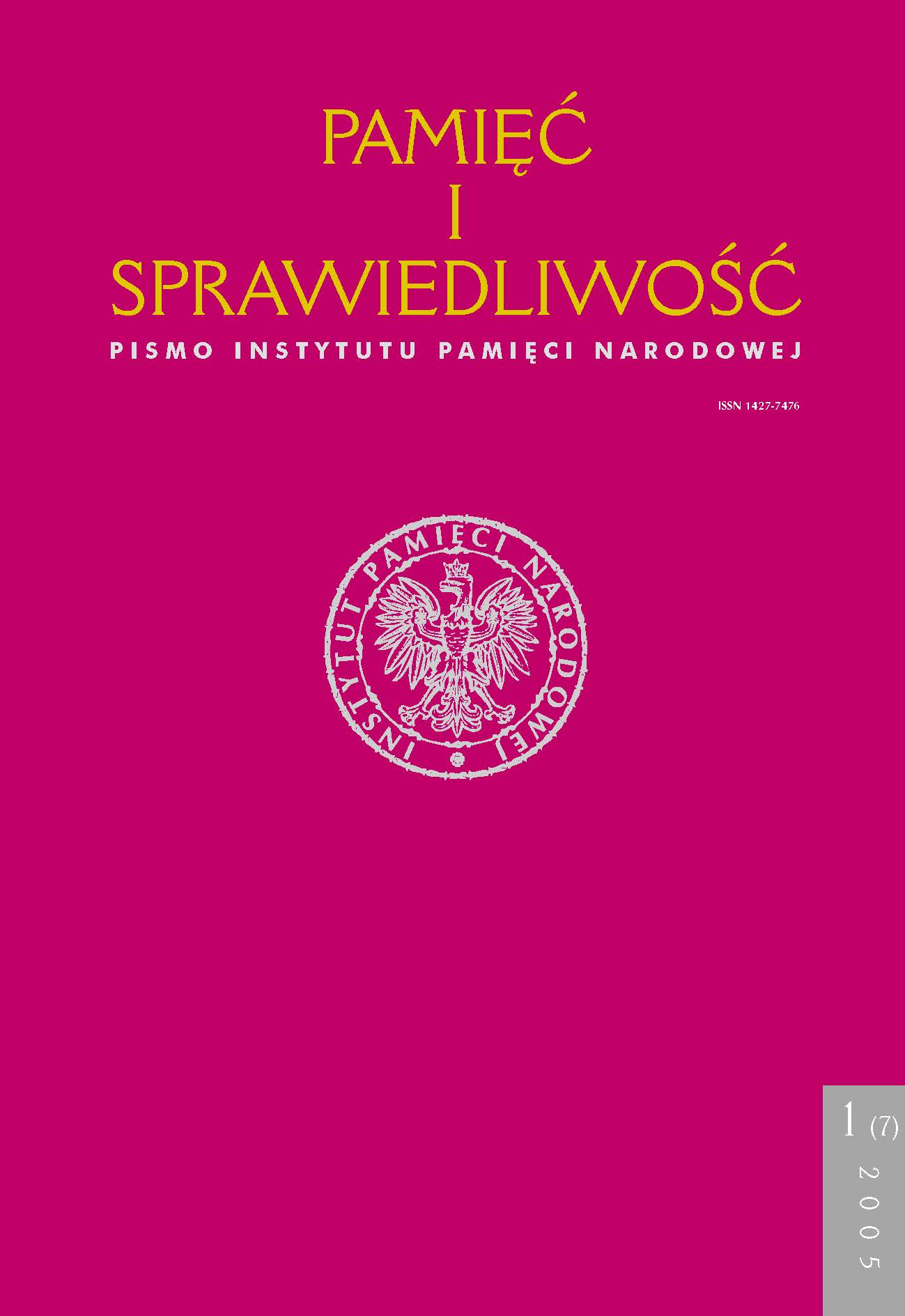Plastyka w Kościele w latach 1981–1989. Trwałe przymierze czy epizod?
Pamięć i Sprawiedliwość, Bd. 7 Nr. 1 (2005), pages: 181-201
Publication date: 2005-06-30
Abstract
The article describes art under the patronage of parish churches in the years 1982–1989 as an important element of independent culture and as a unique phenomenon not only in Polish art but also in Church history. Some of the reasons for this movement are on the one hand the dying out of the avante guarde movement, with its strong criticism and the search for new avenues of expression and, on the other hand, the socio-political changes
in the country and the Church’s opening up to culture. The beginning of this phenomenon was the activity of the Polish Artists’ Union in the years 1980–1981 and its taking the side
of the Independent Self-governing Trade Union “Solidarity”. And later, on the introduction of martial law, their boycott of officially sponsored cultural life. It consolidated a large proportion of the community and made the independent circulation of art easier. The Catholic Church played an important part in this through rendering available its institutions – diocesan museums, Church premises and other accommodation in which galleries and
exhibitions were organised. At the same time priests would “spread the word” in the artistic community and create chaplaincies to serve that community.
community and create chaplaincies to serve that community.
The Church-sponsored art movement created its own iconography (political-patriotic and religious), its own forms and styles of display (among others in the premises of the Churches), it had its own theorists and critics as well as its audience. It also had its opponents who sought to undermine its independence and artistic value.
The reason this movement died out at the end of the eighties was the weariness of both parties: the artists and Church representatives, the arrival of a new generation of artists,
the end of the boycott of official galleries and museums, finally the changes in Poland in 1989. The Church-sponsored artistic movement is hence, an important, but closed chapter in Polish post-war art. The Church, thanks to its involvement in independent culture renewed its contact with artists, but did not acquire modern religious art, which could permanently take root in places of worship.
 Język Polski
Język Polski
 English
English
 Deutsch
Deutsch
 Français (France)
Français (France)
 Italiano
Italiano
 Русский
Русский


 PDF (Język Polski)
PDF (Język Polski)
